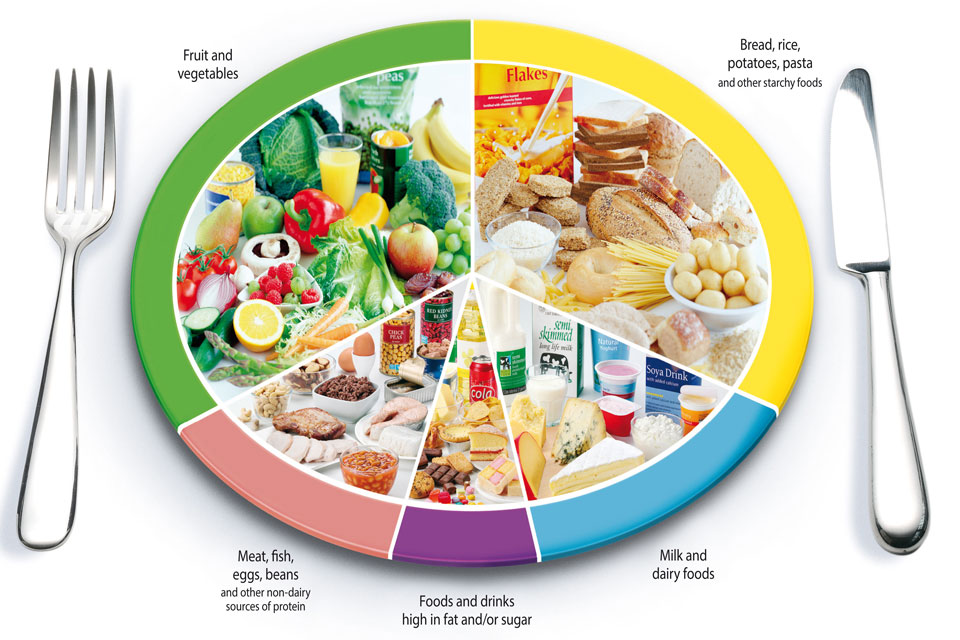So it's January and many people are in the process of trying to shed those extra Christmas pounds, or at least thinking about it. It's the perfect example of what happens when you eat more calories than your body needs. There are numerous articles in the media about different diets, flyers coming in through the door about joining weight loss plans and we're now on the second day of National Obesity Awareness week. Interestingly the results from a survey carried out by Diabetes UK, British Heart Foundation and Tesco were published last week showing that almost two-thirds of people were unaware of how many calories they should be eating to maintain a healthy weight. Barbara Young, Chief Executive of Diabetes UK, was sat on the sofa of BBC Breakfast News highlighting these findings when she was asked about how you can get people to be aware of their calorie intake without counting calories. That is a very good question and something I've been pondering on. I've asked nutritionists and dietitians in case I had missed something but sadly no one had the solution. So we have a genuine conundrum on our hands!
http://www.nhs.uk/Livewell/Goodfood/Pages/food-labelling.aspx
Checking food labels is one method of raising calorie
awareness as it offers a bit of a sense check and allows for comparisons
between products; however, you can't expect the average person to spend their
whole shop checking the label of every product that goes into their basket. This
would be very time consuming, not to mention tedious! Then there's the issue of
when a meal is prepared from scratch, it's made up of different foods that are
cooked using a variety of methods. No one is going to know how many calories they've
just rustled up in the kitchen. There are, of course, calorie counter apps
available where people can enter individual foods and prepared meals, which is
great for motivated people who are consciously losing weight or watching what
they eat. However, for those that are not this may
seem a little involved.
 Another approach is to focus on the sort of food we
should be eating. In the UK we have the eatwell plate,
which is a visual representation of the types and proportions of foods we
should be eating for a healthy balanced diet. It shows segments of a plate
containing various food groups with fruit and vegetables and starchy
carbohydrates dominating the plate and foods high in sugar and fat making up
the smallest segment with the intervening sections consisting of milk and
dairy and non-dairy sources of protein i.e. eggs, meat and fish.
Another approach is to focus on the sort of food we
should be eating. In the UK we have the eatwell plate,
which is a visual representation of the types and proportions of foods we
should be eating for a healthy balanced diet. It shows segments of a plate
containing various food groups with fruit and vegetables and starchy
carbohydrates dominating the plate and foods high in sugar and fat making up
the smallest segment with the intervening sections consisting of milk and
dairy and non-dairy sources of protein i.e. eggs, meat and fish. http://www.nhs.uk/Livewell/Goodfood/Pages/eatwell-plate.aspx
Different countries have their own food guides, such as My Plate in the US. There are also lots of online resources that provide good information on healthy eating but how can this information be translated so people can understand how much they should be eating?
http://www.nhs.uk/change4life/Pages/change-for-life.aspx
Realistically people have busy lives; they may be coming home late from work, dashing around the supermarket with children in tow or fitting in the online shop around family responsibilities and, of course, more concerned about money and how they can feed themselves and/or their family whilst keeping a roof over their head. The need to think about calories is not necessarily at the forefront of people's minds and what people choose to eat is driven by a number of factors.
I seem to be raising more questions than answers but
sometimes it's just good to have the conversation. If anyone has the answer,
please feel free to share!
No comments:
Post a Comment